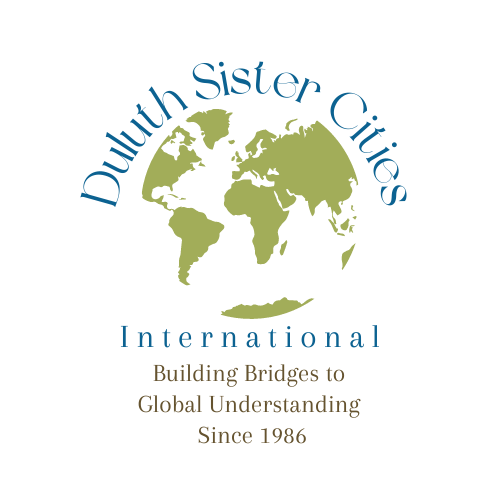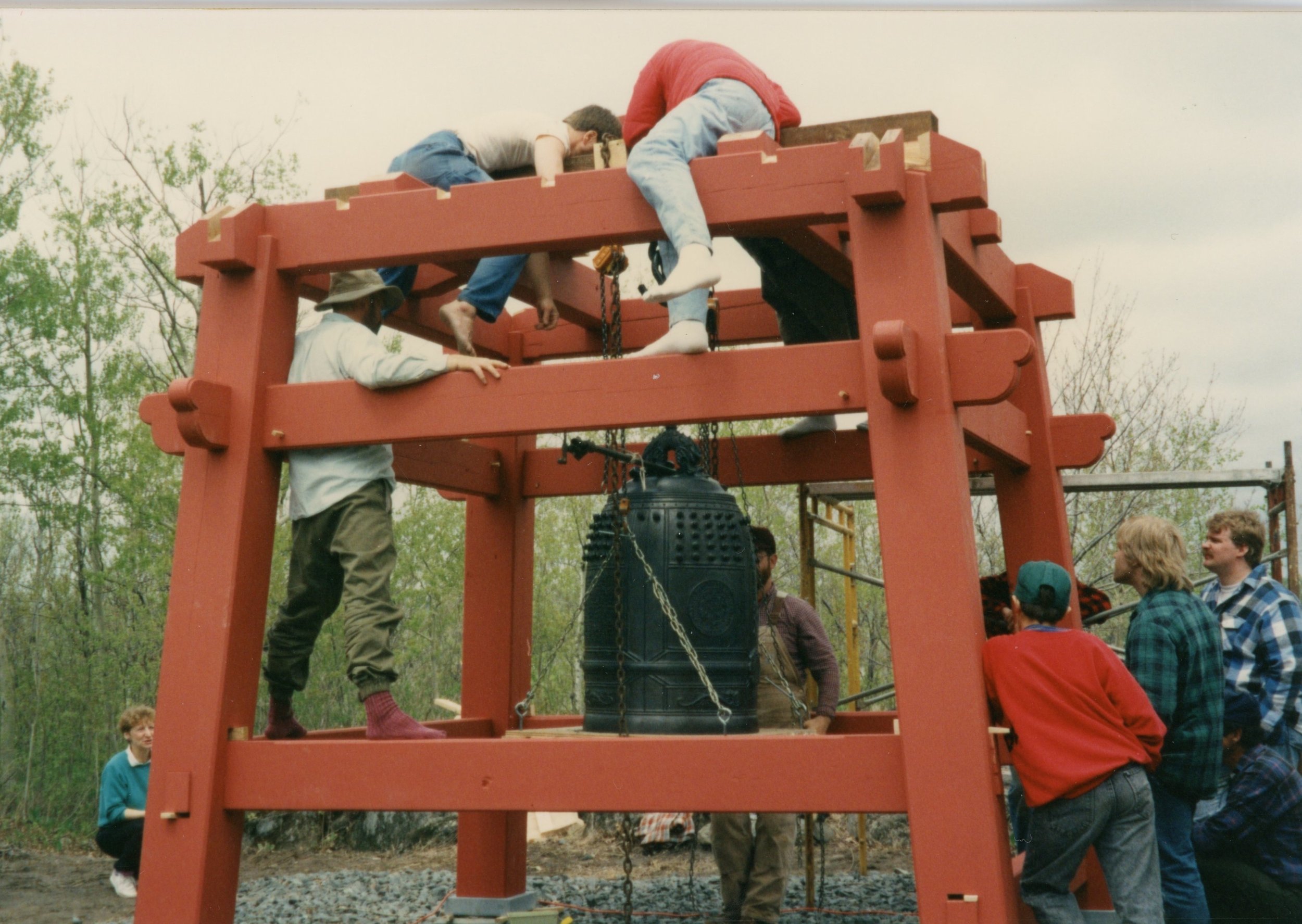Ohara Isumi, Japan
Ohara Isumi-City is actually made up of three towns (machi) that were merged on December 5th, 2005: Ohara-machi, Isumi-machi and Misaki-machi. Situated on the Pacific Ocean 50 miles southeast of Tokyo, this rural 40,000-person agriculture and fishing town has been a Sister City to Duluth since 1990, though the original connection between Duluth and Ohara was forged 50 years prior during World War II.
At the end of WWII, the U.S.S. Duluth was stationed in a shipyard outside of Ohara-machi and deciding to take home the spoils of their victory, the crew brought a large bronze bell back to San Francisco with them. It was brought to Duluth in 1949, where it was positioned in City Hall until in 1951 a group of educators from Chiba University in Tokyo were visiting Duluth and recognized the bell as being the temple bell from Ohara and requested that it be returned.
Then-Mayor George D. Johnson obliged, and the Ohara temple bell was returned without much thought on the part of Duluth citizens. In 1989, Mayor John Fedo received a request from Ohara-machi to become Sister Cities, and after a visit to Ohara by a Duluth City Council member, the city moved forward in creating a lasting relationship with what is now Ohara Isumi-City. Duluth received an exact replica of the bell in 1993 and it is now housed in Duluth’s Enger Park in the beautiful Japanese garden.
Now, Duluth and Ohara Isumi-City share a long history of successful exchanges between both youth and adults of each city and new connections are constantly being formed, strengthening our bond.
Resonance tells the story of a 17th-century Buddhist temple bell that survived the scrap metal drives of WWII, only to become a war trophy for the USS Duluth. Elected as Duluth's mayor in 1953, Mayor Johnson faced a difficult decision to keep the bell or give it back to the Japanese.
Isumi City International Association produced this video to commemorate the 30th anniversary of the Ohara Isumi-city/Duluth relationship.




